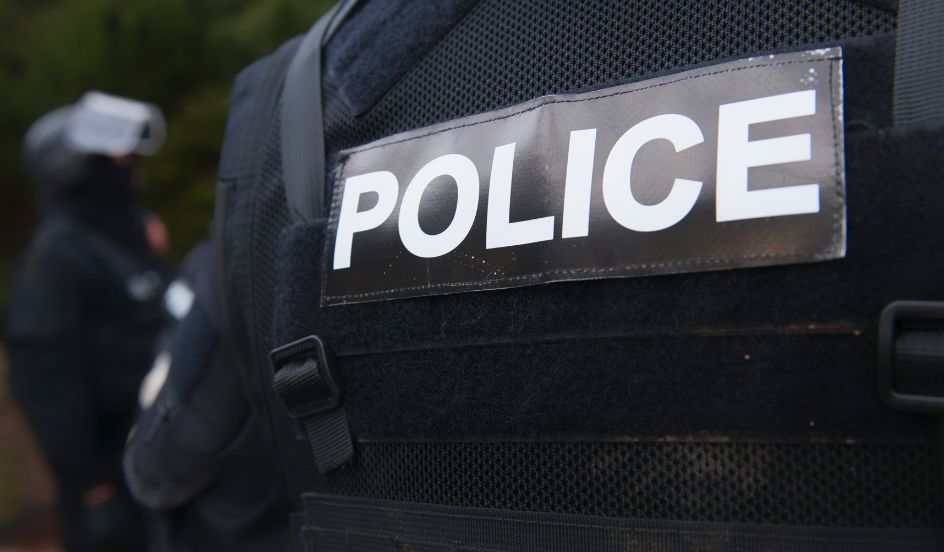The Future Of Law Enforcement and Police Officers
January 27th, 2017 / By triOS College
If you enjoy science fiction movies, you have no doubt noticed that police officers of the future have plenty of interesting technology at their disposal. You can find everything from powerful scanners to robot officers in these depictions of what our society might be like in the years to come. While we may not have reached some of those technological goals yet, here are some devices and strategies currently in use that will continue to be of value, in law enforcement, going forward.

In the future, police officers will have plenty of exciting technology to help enforce the law.
Drones
Drones have proven invaluable when it comes to surveillance, allowing police officials to guard property, perform hostage negotiation, and observe criminal activity without any risk to human lives. The fact that drone surveillance is increasing also acts as a deterrent for criminals because they know there is now a good chance that someone is watching.
In the near future, police will also be able to use tiny drones for 3D scans of hostage situations, providing much needed detail to determine whether rescues are plausible or not. Drones will also thoroughly assess the dangers in bomb threats, use facial recognition to scan crowds for locating fugitives or missing persons, and employ spectroscopic sensors to locate drug labs.
Social Media
It is difficult to tell just how much further social media will evolve (would you have conceived something with the power and utility of Facebook and Twitter fifteen years ago?), but law enforcement agencies are making effective use of the current form and will no doubt continue to do so.
Social media profiles provide clues as to a person’s whereabouts, identity, and past actions. There are questions regarding what is legitimate surveillance and what crosses the line into invasion of privacy, and those positions are still awaiting clarification.
Predictive Policing
You may have read or seen Minority Report, in which police officers can arrest a person before they commit a crime, thanks to intelligence from unique humans who can see into the future. We do not have such capability now, but police departments have been using analytics to predict where and when crimes will take place. Some areas of the United States with the technology report significant drops in crime and the costs involved in police work, so this approach will almost certainly continue.
Closed Circuit Camera and Facial Recognition
There are only so many police officers available per person in a city. Their eyes cannot be everywhere, but closed circuit television cameras can fill in the gap. These video feeds let police know where a crime is taking place before it is reported, which speeds up arrival time. The cameras can also alert officers if something is brewing that could lead to trouble, thus allowing patrol cars to arrive on the scene and diffuse the situation before major problems occur.
The quality of image from these cameras will only continue to improve as HD technology advances. The clearer and more vivid the picture, the more useful it is for facial recognition programs, which helps greatly in the identification and capture of wanted individuals.
Let’s Get Started
Interested in a career in policing? Check out our Police Foundations program and find out how you can get started!
Click to visit the Police Foundations and Security Program page for more information!
